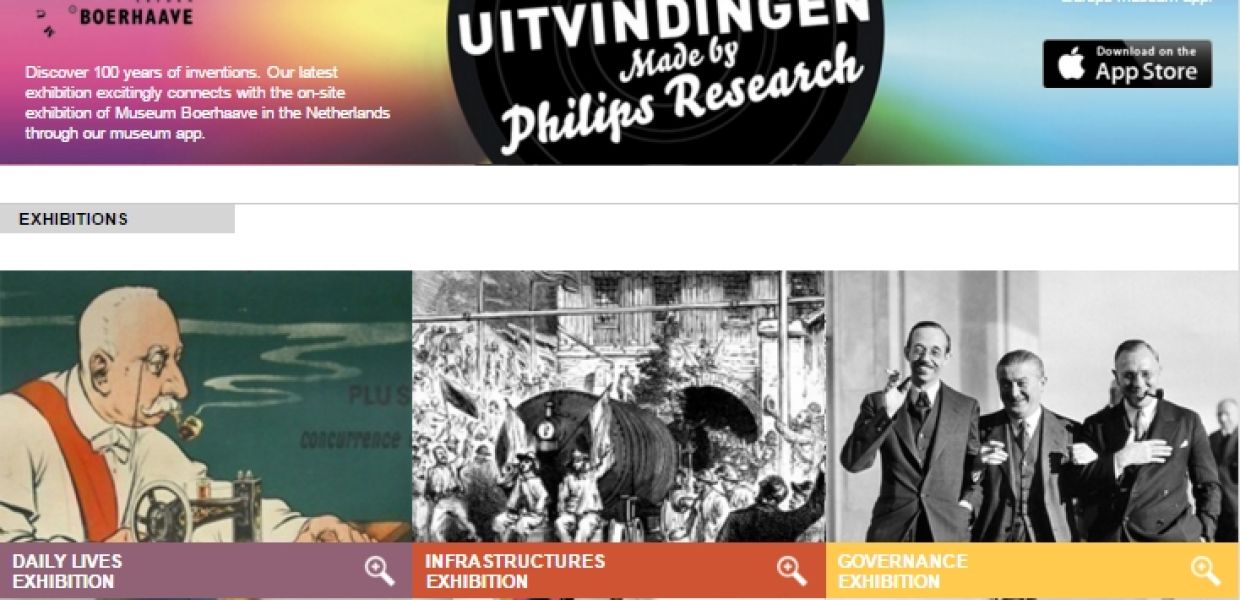Inventing Europe brings the past alive with Europeana

This is a guest blog by Jan Korsten, business director of the Foundation for the History of Technology, about Europeana's ongoing collaboration with Inventing Europe.
Getting youngsters excited about European history and helping them develop a sense of historical awareness can be challenging. How do we help them actively understand why historical knowledge is important, and encourage them to discover the roots of today’s society? To answer these questions, the Foundation for the History of Technology (SHT) explores new and innovative ways of making historians’ research suitable for the classroom. As part of this, we began a pioneering collaboration with a group of European cultural heritage institutions five years ago. The project is called Inventing Europe and Europeana is one of the key partners.
Inventing Europe is both a digital platform putting digital objects into context through exhibitions and tours, and an aid for students carrying out their own research, allowing them to select objects themselves and create their own historical narrative.

Inventing Europe's homepage
The history the site narrates is closely tied to the ambitious research programme Making Europe: Technology and Transformations 1850-2000. SHT is one of the driving forces behind this programme, which sees research carried out by an international group of technology historians. Over the past fifteen years, Making Europe research has shown how the history of Europe has been shaped not by political treaties, but by the day to day activities of companies, consumers, entrepreneurs, engineers, scientists. From the mid- 19th century, it is these individuals and organisations that have built a united Europe through the cross-border circulation of goods, people, ideas and information.
It’s a unique perspective on European history. Naturally, it shouldn’t only be accessible to scientific audiences, but to policymakers, university students, high school students, museum-goers, journalists... Inventing Europe helps make this happen, reaching audiences outside the scientific community and engaging them. It combines rich digital cultural heritage collections available via the Europeana API and results of research into Europe’s history in a web-based education environment. The heritage materials returned via the API help students learn about the interaction between different actors, factors and events over time. Through the lens of the objects and images, students can cross borders and dive deeper into European history.
We firmly believe that knowledge about developments in the past will help us understand the present and develop in the future. Embedding European history in education through Inventing Europe and initiatives like it is hugely important.
By encouraging students to actively engage and interact with Europe’s history in a way never possible previously, Inventing Europe, it’s museum partners and Europeana serve as an important gateway to a truly creative and innovative European history education. Together, they help to bring the past alive.
